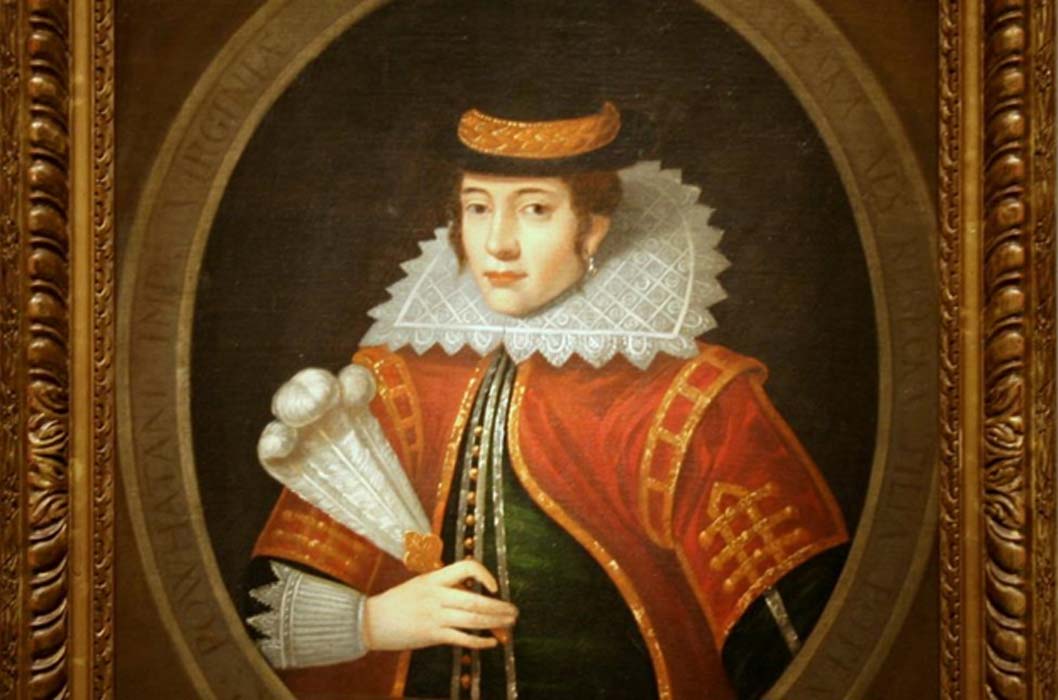
Click the three dots in the top right of the page and scroll down to Connections. Fill in the following fields so that the database has some data to use in the chart(s).Īt this point, the “Chart” and “Database” pages are ready to use. Keep the first column as “Name”, but change the second column from type Multi-select to Number and rename it as “Score”. Click on Table view and then click on the + New database button on the right sidebar. Navigate to your Database page, type “/”, and scroll down to the DATABASE section. Select the Database page made earlier in the dropdown menu or type in “Database” into the text box to find it.Īt this point, the “Chart” page is complete and looks something like this: Click the Link button in the toolbar to open a text box and dropdown menu. Highlighting this text will make a toolbar show up.
#Old notion definition how to
Now that you have an understanding of how to create a Page, Database, and an Integration, here is a look at how the pages of this project will be structured.Ĭreate two new Pages, one called “Chart” which will have the chart created from the data within the database, and the other called “Database” which will contain only a Table database. This dedicated guide from Notion is also a great resource for getting started. All the Integration set up steps will be the same as this tutorial, but instead of naming it “Demo”, name the integration “Charts”. If you are not familiar with this process, please see this tutorial to see the complete steps required to set up a database and create an integration, as well as where to obtain the Integration Token. It is also assumed that the reader knows how to create a new Integration. This tutorial will assume the reader knows how to create a new Page and a Table database in Notion.
#Old notion definition install
The last step is to set up the project files and install the dependencies needed for everything to work together. The second step is to create accounts and access the Imgur API and QuickChart, which will be used to render the charts and host the images. The first step is to set up Notion to be ready to access and work with their API. To get set up and ready to write some JavaScript for this project, there will be a few setup instructions to ensure successful completion of the tutorial. A Notion account – this tutorial assumes a free personal account.


To follow along with this tutorial, you will need the following:
#Old notion definition for free
Many no-code services available online will offer their own integrations to provide charts, but if you ever wanted to know how to make your own charts for free using Notion’s API and SDK, along with a couple of other API’s to help render the charts and host the images, then read on to discover one way of accomplishing this task. One such component that is not currently supported at the time of writing is the ability to make charts from database data in Notion. The popular productivity tool Notion is so versatile that if you longed for some non-native functionality, you don’t always have to wait for their team to include an implementation, you can build your own implementation integrated directly into their platform!


 0 kommentar(er)
0 kommentar(er)
